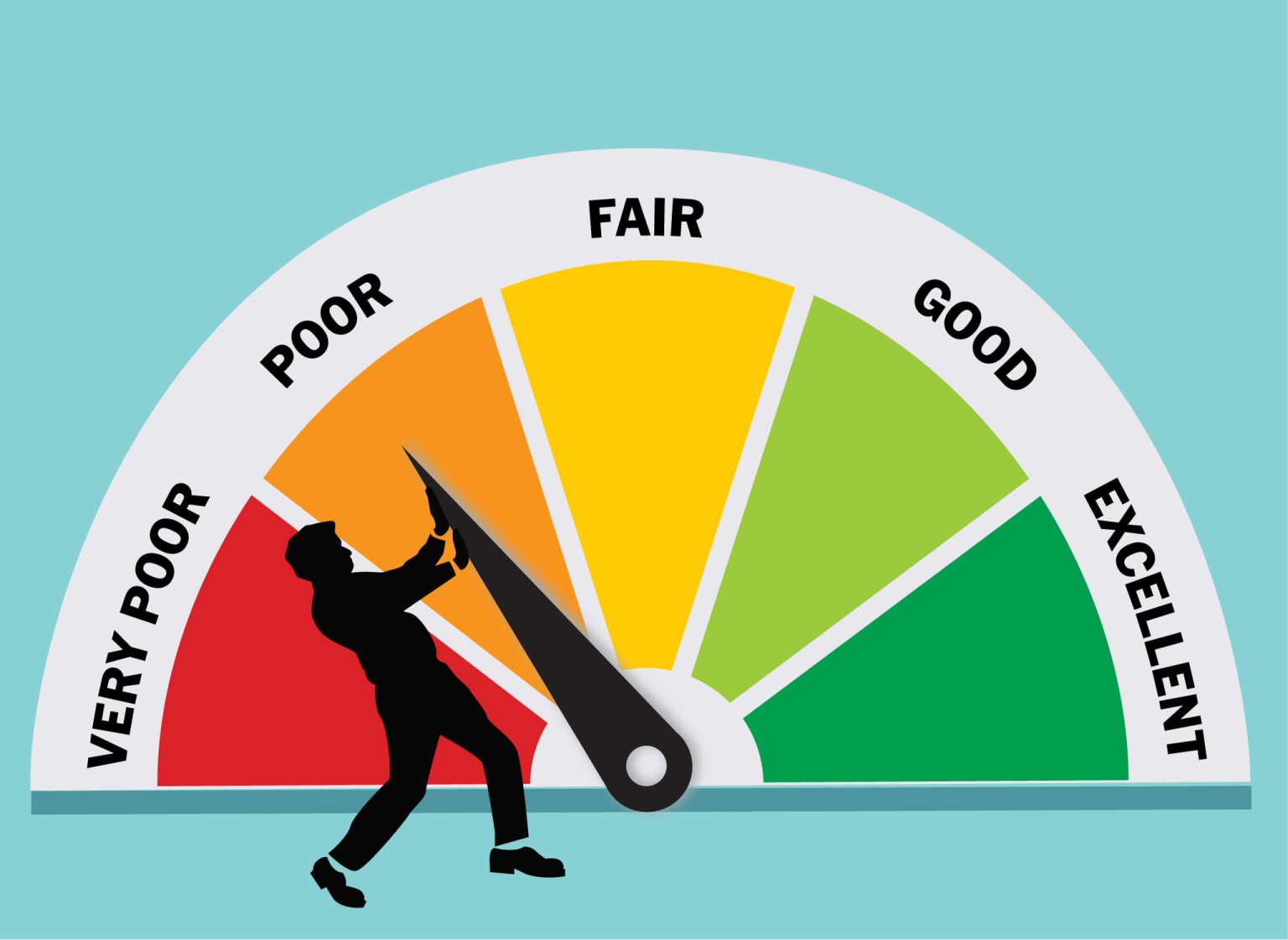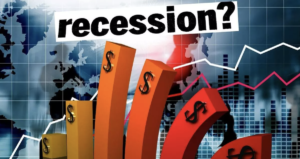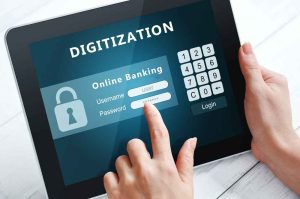The COVID-19 pandemic has created uncertainty regarding the future of the economy, and its scale of impact will depend on the intensity and duration of the underlying public health crisis. Pandemic has triggered an extraordinary challenge across all sectors of the economy, impacting banking functions ─ particularly credit risk modeling. To address this, financial institutions need to have a specific risk management strategy.
From the perspective of financial institutions, the conditions that the COVID-19 crisis triggered have specific implications for managing and mitigating credit risk. In the past year, banks and other financial institutions have been adjusting to the new dynamics and exploring potential new approaches to overcome the challenges.
Covid-19 has created several challenges to credit risk modeling
1. Changes in creditworthiness at sector and sub-sector levels
2. Retail and commercial borrowers are facing significant reductions in their monthly incomes
3. Pertinent data in crisis conditions are scare, lagging, and not fed automatically into decision making
4. Socially responsible collections needed to meet changing customer preferences
5. A large wave of non-performing exposures is beginning and must be addressed in new ways.
Faced with the unprecedented pace and magnitude of economic disruption from the COVID-19 pandemic, credit modeling teams will need to re-think how forecasted economic shocks and respective probability weights can be incorporated into existing impairment models. Most of the models were built on historical data from the last decade, which is not representative of the current environment. Also, credit models generally presume a gradual impact of the environment on losses, with lags ranging from one to six months.
Limitation of Existing Models: Existing risk models exacerbated prediction due to various shortcomings
a) The historical scenarios used in various credit risk models did not hold well. Any kind of stress scenario (historical/ artificial) is generally related to stressing either demand or supply-side factor, but not at the same time. However, the onset of Covid-19 drastically impacted both the demand and supply side, resulting in the faulty prediction of existing models.
b) Most of the models are better in predicting outcomes, where macroeconomic/ market condition deteriorates gradually, rather than drastically.
Hence, companies need to have more forward-looking models to better tackle the situation. Since the typical data used in existing credit risk were distorted due to various unique scenarios, firms need to focus on other data sources like:
- Transactional data of the customer/client
- Alternative data
It is important to consider the substantial correlation of various other risks, including but not limited to credit risk, market risk, operational risk, liquidity risk, cyber security risk etc. Linkages between different categories of risk are likely to emerge in times like this and should be fully understood and prepared for. Most firms will be under scrutiny during this period and will be closely watched on how the internal risk systems and models cope with the current turbulent environment.





